Accession in 1725 to the throne of Catherine I after the death of Peter I caused the need for such an institution that could explain the state of affairs to the empress and direct the direction of the government. That is, to do what Catherine was not capable of (she was only interested in the fleet). Such an institution was the Supreme Privy Council, which shook the very foundations of the government system of Peter the Great. He appeared on February 8 (19), 1726.
Establishment of the Council
The decree on the establishment of the Supreme Privy Council was issued in February 1726. Field Marshal General His Serene Highness Prince Menshikov, General Admiral Count Apraksin, State Chancellor Count Golovkin, Count Tolstoy, Prince Dimitri Golitsyn and Baron Osterman were appointed its members. A month later, the son-in-law of the Empress, the Duke of Holstein, was included in the number of members of the Supreme Privy Council, on whose zeal, as the Empress officially declared, we can fully rely.
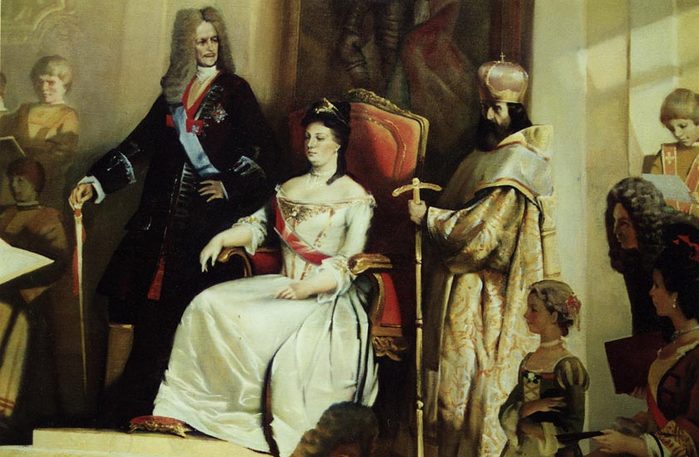
The Supreme Privy Council, in which Alexander Danilovich Menshikov took the leading role, immediately subjugated the Senate and collegiums. The governing Senate was belittled to such an extent that decrees were sent there not only from the Council, but also from the formerly equal Synod. Then the title of "ruling" was taken away from the Senate, replacing it with "highly trusted", and then simply "high". Even under Menshikov, the Supreme Privy Council tried to consolidate government power; ministers, as the members of the Supreme Privy Council were called, and senators swore allegiance to the Empress or to the regulations of the Supreme Privy Council. It was forbidden to execute decrees that were not signed by the Empress and the Council.
Strengthening power, Catherine's testament
According to the testament (will) of Catherine I, the Supreme Privy Council for the period of childhood of Peter II was given power equal to that of the sovereign, only in the matter of the order of succession to the throne, the Council could not make changes. But no one looked at the last point of the testament when the leaders, that is, members of the Supreme Privy Council, elected Anna Ioannovna to the throne.
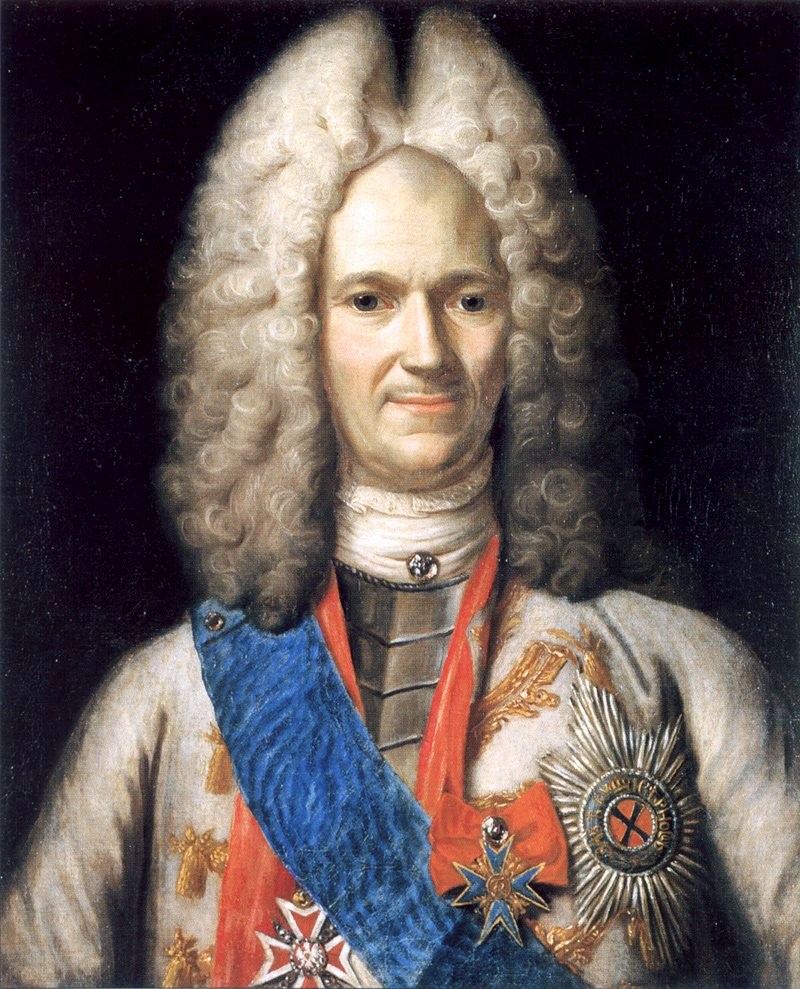
Alexander Danilovich Menshikov
When it was created, the Supreme Privy Council included almost exclusively the "chicks of Petrov's nest", but even under Catherine I, Count Tolstoy was supplanted by Menshikov; then, under Peter II, Menshikov himself fell into disgrace and went into exile; Count Apraksin died; the Duke of Holstein had long ceased to be in the Council; of the original members of the Supreme Privy Council, three remained - Golitsyn, Golovkin and Osterman. Under the influence of the Dolgoruky, the composition of the Supreme Privy Council changed: the predominance passed into the hands of the princely families of Dolgoruky and Golitsyn.
Conditions
In 1730, after the death of Peter II, half of the 8 members of the Council were the Dolgorukovs (princes Vasily Lukich, Ivan Alekseevich, Vasily Vladimirovich and Alexei Grigorievich), who were supported by the Golitsyn brothers (Dmitry and Mikhail Mikhailovich). Dmitry Golitsyn drafted a constitution. The plans of the Dolgorukovs, however, were opposed by part of the Russian nobility, as well as members of the Council Osterman and Golovkin. However, part of the Russian nobility, as well as Osterman and Golovkin, opposed the plans of the Dolgorukovs.
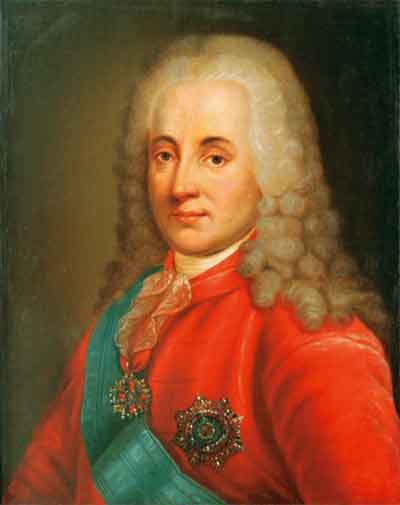
Prince Dmitry Mikhailovich Golitsyn
As the next empress, the leaders chose the youngest daughter of the tsar, Anna Ioannovna. She lived in Courland for 19 years and she had no favorites and parties in Russia. It suited everyone. They also considered it quite manageable. Taking advantage of the situation, the leaders decided to limit the autocratic power, demanding that Anna sign certain conditions, the so-called "Conditions". According to the "Conditions", real power in Russia passed to the Supreme Privy Council, and the role of the monarch for the first time was reduced to representative functions.
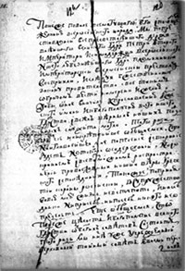
Conditions
On January 28 (February 8), 1730, Anna signed the “Conditions”, according to which, without the Supreme Privy Council, she could not declare war or make peace, introduce new taxes and taxes, spend the treasury at her own discretion, promote to ranks higher than a colonel, grant estates, to deprive a nobleman of his life and property without trial, to marry, to appoint an heir to the throne.
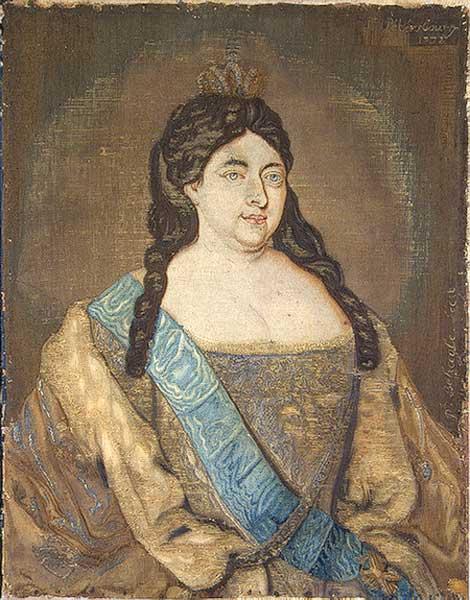
Portrait of Anna Ioannovna on silk,1732
The struggle of the two parties in relation to the new state structure continued. The leaders sought to convince Anna to confirm their new powers. Supporters of the autocracy (A.I. Osterman, Feofan Prokopovich, P.I. Yaguzhinsky, A.D. Kantemir) and wide circles of the nobility wanted to revise the “Conditions” signed in Mitau. The ferment arose primarily from dissatisfaction with the strengthening of a narrow group of members of the Council.
Anna Ioannovna breaks the Condition. Abolition of the Council
On February 25 (March 7), 1730, a large group of nobility (according to various sources, from 150 to 800), including many guards officers, appeared at the palace and submitted a petition to Anna Ioannovna. The petition expressed a request to the empress, together with the nobility, to reconsider a form of government that would be pleasing to all the people. Anna hesitated, but her sister Ekaterina Ioannovna decisively forced the Empress to sign the petition. Representatives of the nobility conferred for a short time and at 4 pm filed a new petition, in which they asked the empress to accept full autocracy, and to destroy the clauses of the “Conditions”. When Anna asked the bewildered leaders for their approval of the new conditions, they only nodded their heads in agreement. As a contemporary notes: “It is their happiness that they did not move then; if they showed even the slightest disapproval of the verdict of the nobility, the guardsmen would have thrown them out the window.
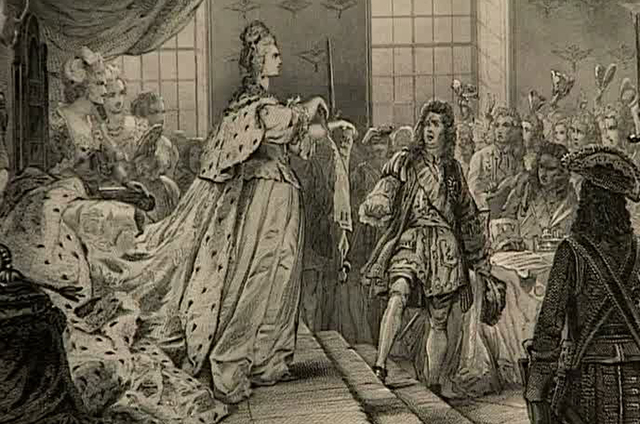
Anna Ioannovna breaks Conditions
Relying on the support of the guards, as well as the middle and small nobility, Anna publicly tore up the “Conditions” and her letter of acceptance. On March 1 (12), 1730, the people for the second time swore an oath to Empress Anna Ioannovna on the terms of complete autocracy. By the Manifesto of March 4 (15), 1730, the Supreme Privy Council was abolished.
